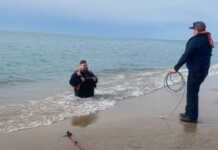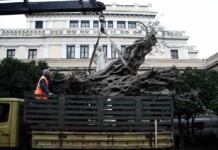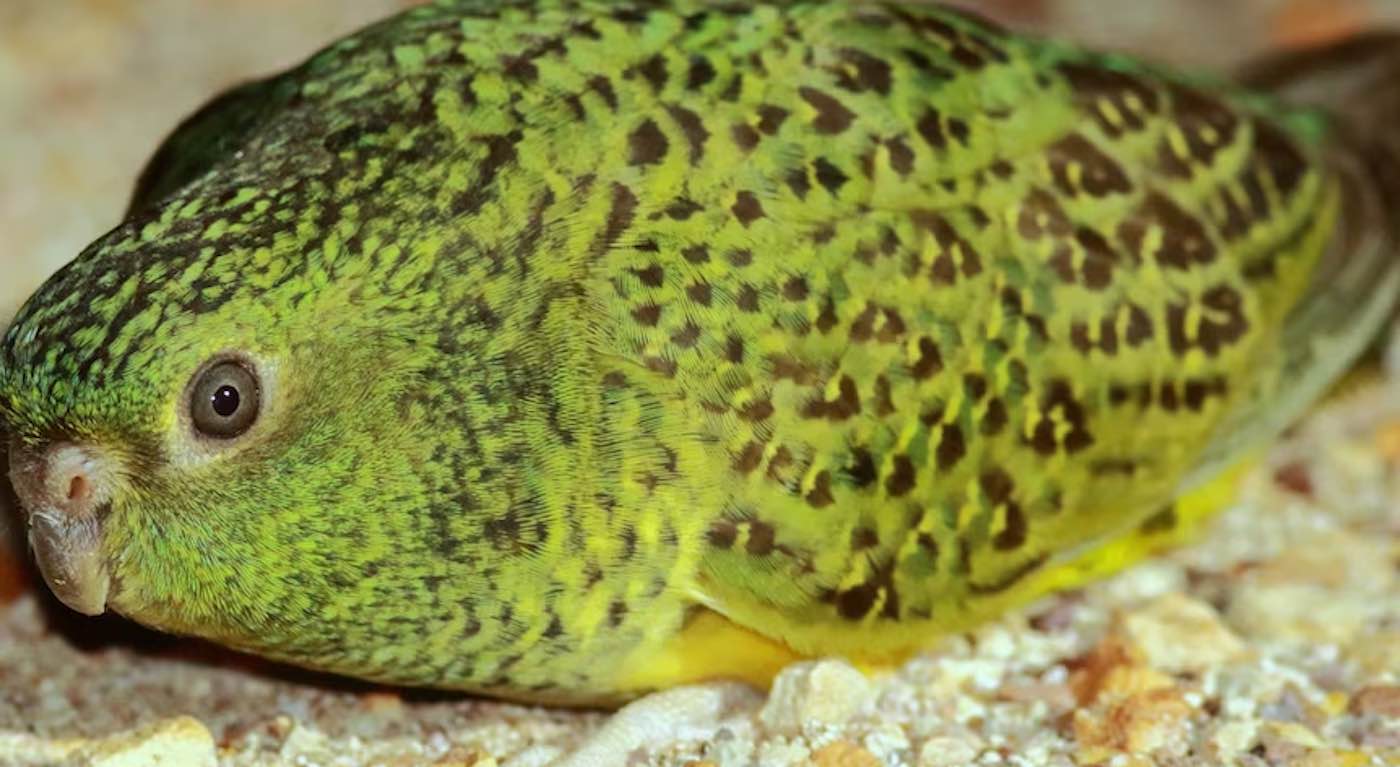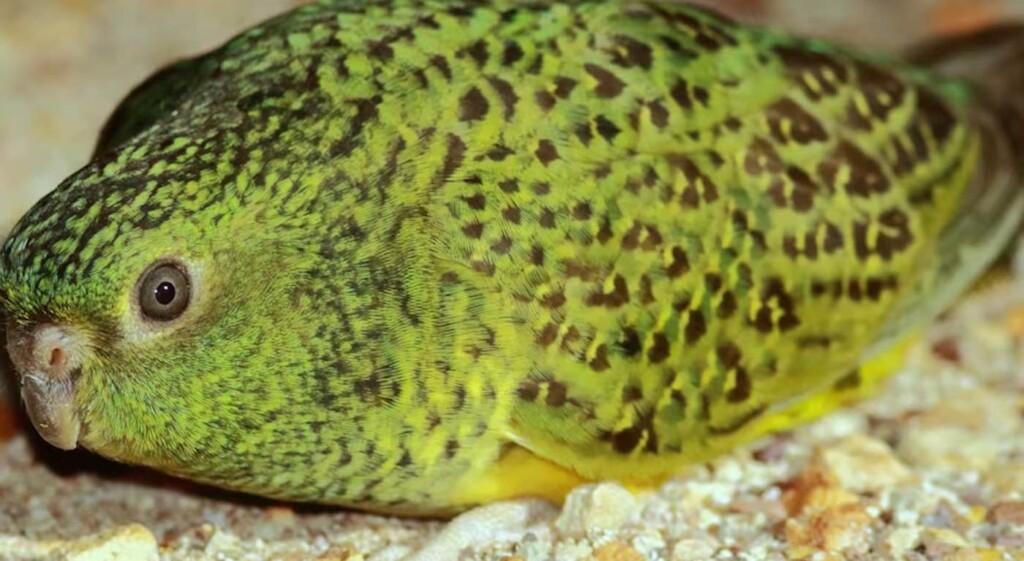
From ABC News Australia comes a fantastic development in indigenous-led conservation, as rangers from the Kiwirrkurra traditional owners have recorded the calls of one of the world’s rarest birds, the night parrot.
There’s nothing better than a natural enigma to heighten or restore your sense of wonder of the natural world, and the night parrot is certainly under this category. A ground-dwelling bird that flies, it does all its calling in spinifex bushes after nightfall.
Feral cats and fires have reduced the available habitat of these animals, and they’re believed to be critically endangered. Now, a Kiwirrkurra ranger team in a remote area of the Gibson Desert in the central regions of the state of Western Australia has become the fifth such team to record their calls.
“It made me really excited that the night parrot still exists there, because it means we’re doing lots of good work,” Kiwirrkurra ranger coordinator Ed Blackwood told ABC. “If that’s there, it means lots of other animals can live and be happy in that same area.”
The calls are extremely valuable conservation data points, as they help define their current habitat areas. Once enough of these recordings have been taken, scientists studying the night parrot will be able to recommend specific spaces for conservation measures.
This year, Kiwirrkurra rangers erected sound recording stations in five separate areas and sent the night’s sound to night parrot expert Dr. Nick Leseberg at the Univ. of Queensland. The bird has a predictable calling sequence, so picking them out in the field recordings is not necessarily difficult.
The difficult part is finding where to put the monitors.
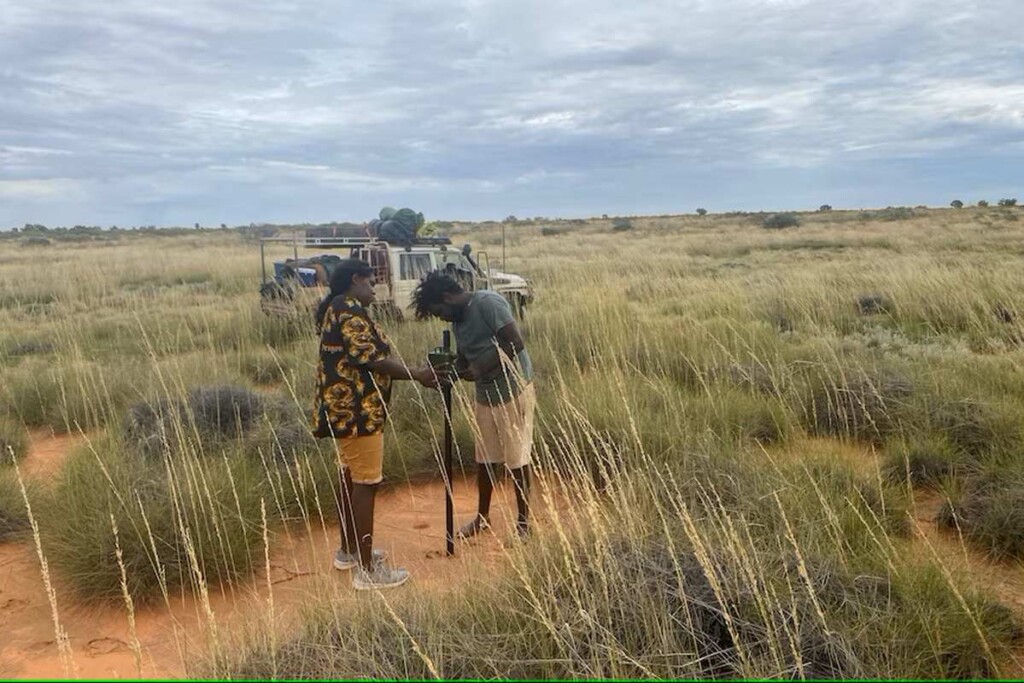
“Every time we get a new dot on the map, that extends the range of the night parrot just a little bit further. It’s critical,” Dr. Leseberg told ABC.
ABC News was able to speak to indigenous owners who communicated what the night parrot’s call meant to them.
MORE ENDANGERED BIRDS: Australian Lyrebirds Give Singing Lessons to Juveniles–Mimicking 10 Different Species–LISTEN
One, Nolia Yurrkultji Ward, said that her mother used to tell her when she was young that it was time for bed when the night parrot calls, advice that Ms. Ward always took out of fear the calls were evil spirits. Hearing them now doesn’t fill her with fright, but fond memories of her childhood.
The discovery in Gibson means that the Kiwirrkurra are now stewards of 4 endangered species, including the great desert skink, the bilby, and the princess parrot.
MORE AUSTRALIAN NEWS: 29 Species Have Recovered Enough in Australia to be Taken Off Endangered List–a Milestone for Celebration
The call itself is nothing to write home about if it wasn’t attached to such an enigmatic bird, with three short whistles and then a chatter.
Many conservationists are beginning to find value in audio-focused conservation. Camera trap surveys are extremely laborious and don’t necessarily give good indications of the population density of targeted animals. By mapping whole soundscapes, conservationists can get a much better read on the range and density of animals, as well as the overall intactness of the ecosystems they’re studying, since so many animals vocalize.
SHARE This Great Conservation News With Your Friends…


